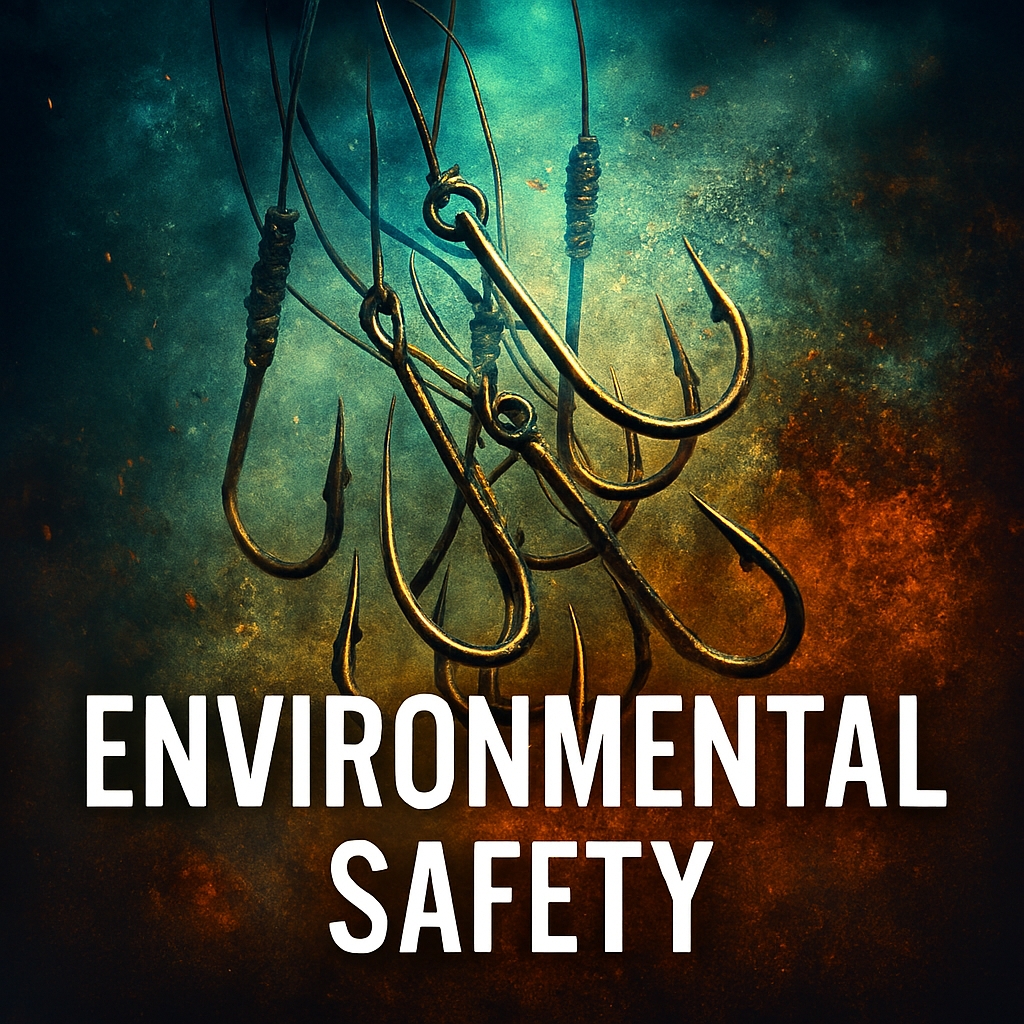Prosperous Societies and the Environment
In the intricate tapestry of human civilization, the health and prosperity of societies are inextricably linked to the state of the environment. This connection is evident both in the short term and over the long haul, influencing everything from public health and economic stability to social well-being and sustainability. Understanding this interplay is crucial for fostering a society that thrives alongside a flourishing natural world.
Short-Term Impacts of the Environment on Prosperous Societies
The immediate effects of the environment on prosperous societies are palpable and often dictate the quality of life. Clean air, fresh water, and fertile soil are foundational to human health and productivity. When these resources are abundant and uncontaminated, communities experience lower rates of disease and greater overall well-being. For example, cities with stringent air quality regulations tend to have healthier populations, as residents are less exposed to pollutants that can cause respiratory and cardiovascular issues.
Moreover, the availability of natural resources plays a critical role in economic activities. Agriculture, which depends on healthy soil and water, is a prime example. In regions where the environment supports robust agricultural practices, local economies flourish, food security is enhanced, and employment opportunities abound. Conversely, environmental degradation can lead to reduced agricultural yields, increased food prices, and economic instability.
Long-Term Environmental Impacts on Prosperous Societies
The long-term relationship between a prosperous society and the environment is even more profound. Sustainable management of natural resources ensures that future generations inherit an environment capable of supporting their needs. This forward-thinking approach is essential for continued economic growth and social stability.
Biodiversity, the variety of life within ecosystems, plays a significant role in maintaining ecological balance. Diverse ecosystems are more resilient to changes and disruptions, providing services such as pollination of crops, purification of water, and regulation of climate. Societies that invest in protecting biodiversity not only preserve the beauty and heritage of the natural world but also secure vital ecosystem services that underpin their economies. This makes prosperous societies.
Climate stability is another long-term benefit of environmental stewardship. Mitigating climate change through reducing greenhouse gas emissions and promoting renewable energy sources can prevent extreme weather events, sea-level rise, and other climate-related challenges. Societies that take proactive steps to address climate change position themselves to avoid the economic and social disruptions that can arise from climate instability.

Pros and Cons of the Interconnection Between Prosperous Societies and the Environment
Pros
Enhanced Public Health
A clean and healthy environment reduces the prevalence of diseases and health issues, leading to lower healthcare costs and a healthier population. Improved air and water quality contribute to better overall health and increased life expectancy.
Economic Stability
Sustainable management of natural resources ensures long-term economic stability. Healthy ecosystems provide resources for agriculture, fisheries, and tourism, which are essential for local and national economies.
Job Creation
Investment in green technologies and sustainable practices creates new industries and job opportunities. Sectors such as renewable energy, eco-tourism, and sustainable agriculture can drive economic growth and innovation.
Resilience to Climate Change
Proactive environmental stewardship helps societies become more resilient to climate change. By reducing greenhouse gas emissions and investing in renewable energy, communities can mitigate the impacts of extreme weather events and ensure long-term sustainability.
Biodiversity Preservation
Protecting biodiversity ensures the resilience of ecosystems, which provide essential services like pollination, water purification, and climate regulation. This contributes to the overall stability and health of the environment.
Cultural and Recreational Benefits
Access to natural spaces and the preservation of cultural ties to the environment enhance social well-being. Green spaces in urban areas provide recreational opportunities and improve mental health and community cohesion.
Innovation and Technological Advancements
Environmental challenges drive innovation in sustainable technologies, leading to advancements in energy efficiency, waste management, and resource conservation. These innovations contribute to a sustainable and prosperous future.

Cons
Economic Costs
Implementing sustainable practices and transitioning to green technologies can involve significant upfront costs. Businesses and governments may face financial challenges in making these investments, especially in the short term.
Policy and Regulatory Challenges
Creating and enforcing environmental regulations can be complex and contentious. Balancing economic growth with environmental protection requires careful planning and negotiation, and there may be resistance from stakeholders with vested interests.
Impact on Certain Industries
Industries that rely on non-renewable resources or environmentally harmful practices may face economic disruption and job losses. Transitioning to sustainable alternatives can be challenging and require retraining and support for affected workers.
Equity and Access Issues
Ensuring that the benefits of a healthy environment are equitably distributed across all segments of society can be difficult. Marginalized communities often face greater environmental burdens and may lack access to the resources needed to engage in sustainable practices.
Global Coordination
Environmental issues such as climate change require global cooperation and coordination. Achieving consensus and effective action on an international scale can be challenging due to differing economic priorities and political agendas.
Public Resistance
Changes to lifestyle and consumption patterns necessary for environmental sustainability may face resistance from the public. Educating and motivating people to adopt eco-friendly behaviors can be a slow and difficult process. Greed is good but without a balance you will get rich areas but the whole idea will not have prosperous societies but a fragmented prosperous societies all divided.
The Role of Policy and Community Action
Government policies and community initiatives play a pivotal role in aligning societal prosperity with environmental health. Regulations that limit pollution, protect natural habitats, and promote sustainable practices are essential for safeguarding the environment. These policies not only preserve natural resources but also encourage businesses and individuals to adopt eco-friendly behaviors.
Community actions, such as local conservation efforts, urban greening projects, and education programs, also contribute significantly. Engaging communities in environmental stewardship fosters a sense of ownership and responsibility towards the environment. It empowers individuals to make sustainable choices in their daily lives, creating a ripple effect that enhances environmental health on a broader scale.

The Symbiosis of Environment and Economy
The economy and the environment are not mutually exclusive; rather, they are symbiotic. Green technologies and sustainable practices can drive economic innovation and create new industries. Renewable energy, sustainable agriculture, and eco-tourism are examples of sectors that offer economic benefits while promoting environmental health.
Investment in these areas not only generates jobs and economic growth but also reduces the ecological footprint of human activities. For instance, transitioning to renewable energy sources like solar and wind power can reduce dependency on fossil fuels, decrease pollution, and mitigate climate change. Such investments create a sustainable economic model that supports long-term prosperity without compromising the environment.
Social Well-Being and Environmental Health
The well-being of society is deeply connected to the environment. Natural spaces, such as parks and nature reserves, provide recreational opportunities that promote physical and mental health. Urban planning that incorporates nature into living spaces contributes to healthier, happier communities. Prosperous societies means happier societies.
Moreover, the cultural and spiritual values associated with nature are integral to many societies. Indigenous communities, in particular, have a profound connection to their natural surroundings, with traditions and practices that emphasize respect and stewardship of the environment. Recognizing and preserving these cultural ties fosters social cohesion and enriches the cultural fabric of society.

Health and Environmental Interconnection
In the short term, the direct impact of the environment on human health is evident through the availability of clean air, water, and food. Polluted environments contribute to a range of health issues such as respiratory infections, cardiovascular diseases, and even mental health disorders. For example, smog and air pollution in urban areas can exacerbate conditions like asthma and reduce overall life expectancy. Ensuring environmental health can reduce healthcare costs and improve the quality of life for individuals, fostering a more prosperous society.
Long-term health benefits of a sustainable environment include reduced risks of chronic diseases and a healthier aging population. Environments that support active lifestyles through clean parks, safe walking paths, and accessible recreational areas contribute to lower obesity rates, higher physical activity levels, and improved mental well-being. By prioritizing environmental health, societies can promote public health, thereby increasing productivity and reducing the burden on healthcare systems. These changes lower the chances of prosperous societies growing if we do not balance both. Prosperous societies come at a balancing cost of virtually everything.
Environmental Justice and Equity
Environmental justice is a critical aspect of ensuring that prosperity and environmental benefits are equitably distributed across all segments of society. Marginalized communities often bear the brunt of environmental degradation, living in areas with higher levels of pollution and fewer green spaces. Addressing these disparities is essential for creating a just and prosperous society.
Policies that promote environmental justice aim to ensure that all communities have access to clean air, water, and green spaces. This includes remediating polluted areas, investing in underserved neighborhoods, and involving communities in environmental decision-making processes. Achieving environmental justice not only improves the quality of life for disadvantaged populations but also fosters social stability and cohesion.

Innovation and Sustainability
Innovation in sustainable technologies and practices is vital for balancing economic growth with environmental preservation. The development of renewable energy sources, such as solar and wind power, reduces reliance on fossil fuels and decreases greenhouse gas emissions. Innovations in sustainable agriculture, including precision farming and organic practices, enhance food security and reduce environmental impact.
These advancements contribute to a green economy that supports job creation and economic resilience. For example, the renewable energy sector has seen significant job growth, providing employment opportunities while addressing climate change. Encouraging innovation in sustainability ensures that economic development is aligned with environmental protection, creating a prosperous and resilient society.
Conclusion
A prosperous society is inherently linked to the health of its environment. In the short term, clean air, water, and fertile soil are essential for human health and economic stability. Over the long term, sustainable management of natural resources ensures continued prosperity and ecological balance. By enacting forward-thinking policies and engaging communities in environmental stewardship, societies can create a symbiotic relationship between economic growth and environmental health.
Understanding and nurturing this interconnectedness is crucial for building a future where both people and the planet thrive. As we move forward, the choices we make today will determine the legacy we leave for future generations. By prioritizing environmental health, we lay the groundwork for a prosperous, sustainable, and harmonious society.
Join the Discussion
What are your thoughts on the interconnectedness of prosperous societies and the environment? How do you see the balance between economic growth and environmental sustainability playing out in your community? Do you have any ideas or examples of successful initiatives that promote this balance? What do we have to lose to get a prosperous societies? Is the environment less important than prosperous societies?

















Instagram bio with emojis
“I agree with your points, very insightful!”